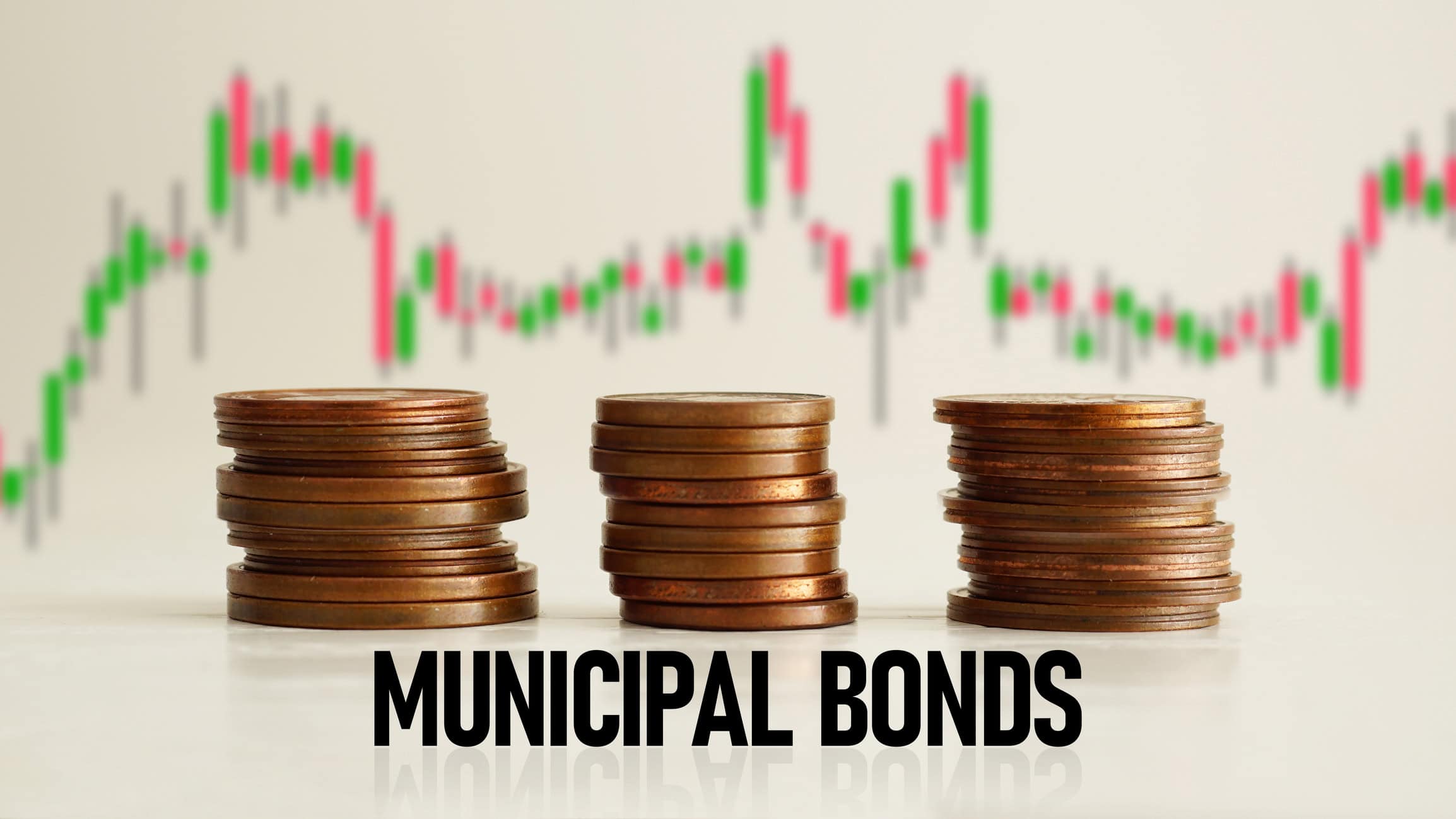
When Will the Federal Reserve Cut Rates? Key Insights for Investors
Navigating the financial markets is akin to sailing treacherous waters, where the Federal Reserve’s interest rate decisions serve as guiding winds. Investors continually scan the horizon for shifts in monetary policy, knowing that the timing of interest rate cuts can recalibrate their compasses towards potential profits or losses. Cutting rates can particularly influence investment strategies, as it may signal new opportunities or risks in various sectors.
Forecasting the Fed’s Move
Economists and market analysts often look to the tea leaves of economic indicators, from employment data to inflation trends, seeking signals of a potential policy shift or cutting rates by the Federal Reserve. Discussions prior to official meetings may offer glimpses of intent, yet definitive predictions are fraught with uncertainty.
A change in the Fed’s interest rate policy can be precipitated by a turn towards recession or a substantial easing of inflationary pressures. These tipping points are monitored through metrics such as the Consumer Price Index (CPI) and Gross Domestic Product (GDP) growth rates. As investors, it is crucial to remain vigilant, as the timing and scale of any rate cuts may significantly influence asset valuations and investment strategies.
Economic Indicators to Watch
Inflation metrics and employment statistics are pivotal in anticipating Federal Reserve decisions, including potential rate cuts. When inflation trends downwards, it may indicate room for the Fed to ease rates without stoking prices further. Closely monitored GDP growth can signal economic health or distress, often swaying the Fed’s hand in policy adjustments. Yield curve analysis is also telling; an inverted curve may presage economic downturns, prompting preemptive rate cuts. Market liquidity and consumer confidence levels often round out the picture—both influencing and reflecting the Fed’s approach to cutting rates, thereby affecting investor sentiment.
Historical Trends as a Guide
Historically, the Federal Reserve has initiated rate cuts following sustained periods of economic stability, often as a preemptive measure against impending downturns. Investors traditionally view such moves as markers of economic cycles transitioning from growth to contraction.
Rate cuts follow established patterns correlating with inflation and labor market dynamics. Clues often lie in subtle shifts within these indicators.
When evaluating past rate reductions, it is evident that the Fed acts cautiously, balancing the need to stimulate the economy against the risk of igniting inflation. Sharp cuts have typically occurred in response to looming recessionary threats or exogenous shocks that dampen demand.
The Fed’s decision-making process is deliberately methodical, weighing an array of economic indicators. In light of this complexity, savvy investors monitor not just isolated data points, but the broader narrative these points suggest. This context forms the substrate upon which rate cut expectations are built, serving as a roadmap for investment strategy alignment. It underscores the import of an informed, holistic view when assessing “when” rather than fixating on precise timing.
Impact on the Stock Market
When the Fed signals an impending rate cut, stock markets typically react positively, as lower borrowing costs can bolster corporate profits and spur equity buying.
Conversely, anticipation of cutting rates can also evoke caution; investors may interpret them as a harbinger of economic slowdown, potentially leading to volatile securities trading and a preference for defensive stocks over growth-oriented ones.
Thus, the stock market response to rate cuts is a nuanced interplay of investor sentiment, economic forecasts, and corporate performance evaluations.
Equity Valuations Adjustment
Rate cuts by the Federal Reserve can lead to significant adjustments in equity valuations as investors reassess future earnings potential.
- Lower interest rates may decrease the cost of capital, potentially increasing corporate profit margins.
- Valuation models, like the discounted cash flow (DCF), become more favorable, often resulting in higher equity prices.
- Stocks with higher dividend yields may become more attractive relative to fixed-income securities.
- Growth stocks, which are more sensitive to discount rates, may see a more pronounced re-rating.
- Investor appetite for risk may increase, encouraging capital flows into equities and out of safer assets like bonds.
Retooling investment portfolios becomes imperative in the face of changing rate landscapes. A rate cut environment typically heralds a bull market phase, enticing investors to recalibrate their equity exposure.
Sector Sensitivity to Interest Rates
Interest rate movements exert profound influences on various economic sectors, with some being markedly more vulnerable than others. Financials, for instance, tend to perform admirably when interest rates are elevated, benefiting from wider net interest margins.
Conversely, utilities and real estate are sectors conventionally considered to be sensitive to lower rates. In a declining interest rate scenario, these industries often experience capital inflow due to their historically stable dividend yields and the decreased attractiveness of fixed-income alternatives.
Reflecting on sectors with variable-rate debt obligations, such as industrials, we observe a potential decrease in borrowing costs when rates are cut, subsequently nurturing expansion and potentially boosting stocks within this segment. Conversely, this dynamic can apply downward pressure on the banking sector’s profitability, as the spread between lending rates and savings rates narrows.
A nuanced examination of sector performance amidst an evolving interest rate milieu reveals, for instance, that technology companies, while not typically reliant on debt financing, may nevertheless benefit from lower rates. This occurs as investors chase growth prospects, often focusing on companies with robust future earnings potential rather than those distributing regular dividends. Hence, sectors with “growth” narratives stand to potentially experience pronounced gains when the decision to cut rates occurs.
Debt Markets Dynamics
Interest rate decisions by the Federal Reserve profoundly impact bond yields, inflecting investor sentiment toward various debt instruments. As anticipation of rate cuts builds, bond prices typically ascend due to the inverse relationship between yields and prices.
In the process, credit spreads—the differential between the yields of government securities and corporate bonds—narrow or widen contingent on market perception of risk and liquidity conditions. A Fed cut often induces a flight to quality, compressing spreads for prime issuers while expanding them for higher-risk categories.
Ultimately, a pivot in Fed policy to lower rates can incite a recalibration of the fixed-income landscape, affecting everything from bond valuations to the issuance of new debt.
Bond Price Fluctuations
Bond prices are inherently sensitive to interest rate changes imposed by the Federal Reserve.
- Interest Rate Increase: Bond prices generally fall as higher rates make new bonds more appealing.
- Interest Rate Decrease: Conversely, bond prices typically rise when rates are cut, boosting the appeal of existing bonds with higher interest coupons.
- Market Anticipation: The bond market often moves in anticipation of rate changes, not just the actual event, affecting prices ahead of Fed announcements.
Market participants must navigate these fluctuations adeptly. In periods of volatility, a well-diversified bond portfolio can help mitigate risks associated with interest rate movements.
Credit Spread Changes
Credit spreads may widen or contract. As the Federal Reserve embarks on a rate-cutting phase, credit spreads—an indicator of the risk premium demanded by investors over a risk-free benchmark—witness significant fluctuation. Tightening spreads indicate market confidence, whereas widening spreads reflect increasing risk aversion. Consequently, strategic positioning in credit markets is crucial for investors in anticipation of Fed policy shifts.
Rate cuts could narrow high-yield credit spreads. Investors might see a tightening of credit spreads as a result—a reflection of the decreased risk perception among market participants. However, this effect is not uniform across all asset classes or credit ratings, leading to a differentiated impact within the fixed-income universe.
Wider spreads signal higher investor risk perception. Monitoring these dynamics is essential for investors, especially as the Federal Reserve’s interest rate policy evolves. Judicious analysis of credit spreads in 2023 will be key to making informed investment decisions that balance potential risks and rewards in a transitioning interest rate environment.
The Investor’s Strategy Shift
With the advent of interest rate reductions by the Federal Reserve and the prospect of cutting rates, astute investors will ponder reallocating their portfolios toward sectors that traditionally benefit from lower borrowing costs. Industries such as real estate, which are sensitive to interest rate cuts, may present attractive investment opportunities as they tend to thrive in a low-rate environment.
Recalibrating asset allocation may be warranted, with an emphasis on equities with strong dividends and growth potential over fixed-income securities. The expectation of a rate cut regime compels investors to reassess the income-generating power and capital appreciation prospects within their portfolios.
Asset Allocation Considerations
Adjusting asset allocation is crucial ahead of potential Federal Reserve cutting rates.
- Equities Exposure: Heighten focuses on stocks, particularly in sectors prone to benefit from lower rates like real estate and technology.
- Fixed-Income Strategy: Be cautious with duration; prioritize short to intermediate-term bonds for reduced interest rate sensitivity.
- Diversification Tactics: Employ diversification to mitigate risks, including international investments that may react differently to U.S. monetary policy shifts.
- Sector Specifics: Enhance positions in sectors likely to experience reduced borrowing costs and increased consumer spending.
- Alternative Assets: Consider commodities or real estate as hedges against potential inflationary pressures that can accompany rate cuts.
Navigating sector allocation is pivotal for seizing rate cut-induced opportunities. Adjustments must be timely as the Federal Reserve signals intentions, ensuring portfolios fully capitalize on evolving market conditions.
Hedging Against Interest Rate Risks
Interest rate fluctuations challenge even the astutest investors. Investors risk exposure to interest rate volatility during economic cycles. To hedge against these risks, knowledgeable investors deploy various strategies. Utilizing interest rate swaps, futures, and options can allow investors to manage potential losses incurred from rising rates. Engaging in these derivative instruments can neutralize or mitigate exposure to interest rate movements.
Diversification remains a prudent hedging tactic. Fixed-income ladders balance risk across different maturities. This approach stabilizes returns over time by allowing parts of the ladder to mature and get reinvested at potentially higher rates, which reduces the impact of rate fluctuations.
Timely adjustments to portfolio allocations are essential.



